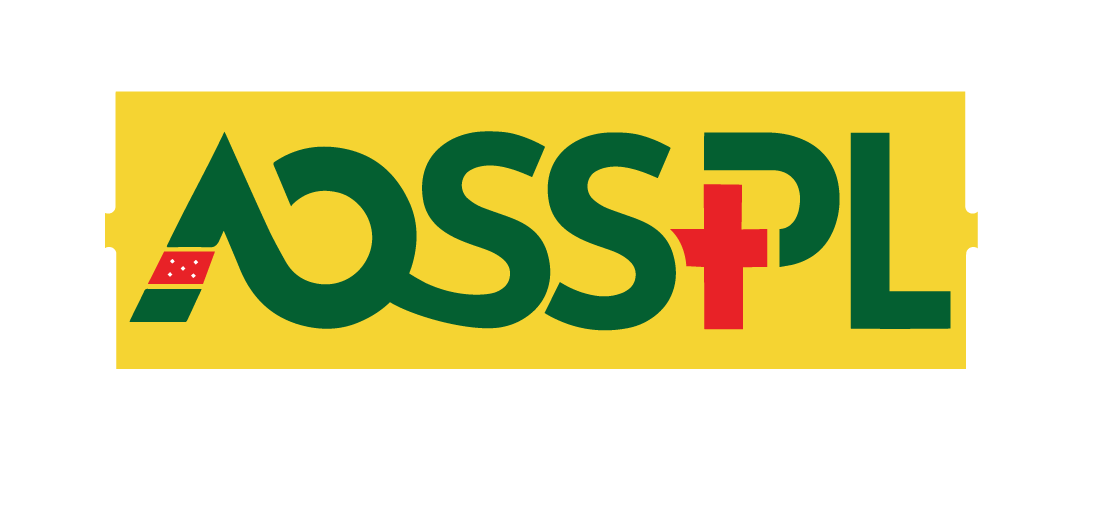Bike riders should check for a few essentials in their riding kit, before venturing out for a road trip. The items in the riding kit might seem basic, but can be lifesavers during challenging times. Apart from checking on the fuel and the air pressure in the tires, it is important to carry a first aid kit, insurance papers, and other essentials for a driving experience. On any given ride, the safety of the rider has to always be the first priority, whether that means gearing up with proper safety gear or getting a good night’s sleep before the big ride. An often overlooked way of ensuring rider safety is preparing your very own first aid kit. It comes as no surprise to the average rider that being on a motorcycle can sometimes be a bit risky, and when placed in unfavorable situations on the road, having a first aid kit on hand can mean the difference between a quick and easy recovery, or a dreadfully long recovery process.Riding a motorcycle offers a thrilling sense of freedom, but it also comes with its share of risks. Whether you’re cruising through scenic routes or navigating bustling city streets, it’s crucial to be prepared for emergencies that may arise on the road. One essential aspect of motorcycle safety that riders often overlook is having a well-equipped first aid kit onboard. In this article, we’ll explore the key components of a motorcycle first aid kit and why they’re essential for every rider.
Trauma Supplies:
In addition to basic first aid supplies, it’s crucial to include trauma supplies for more severe injuries. Items such as sterile dressings, Israeli bandages or trauma dressings, hemostatic agents to control bleeding, and tourniquets (with proper training) are essential for managing serious injuries until professional help arrives. An emergency blanket can also provide warmth and protection from the elements in case of an accident or injury.
Pain Relief and Medications:
Riders should include pain relievers such as ibuprofen, antihistamines for allergic reactions, and aspirin for suspected heart attacks in their first aid kits. It’s essential to carry any personal medications that riders may need, along with clear instructions for their use. Being able to manage pain and allergic reactions promptly can make a significant difference in the outcome of an emergency situation.
Emergency Contact Information:
A list of emergency contacts, including family members, friends, and medical providers, should be included in every motorcycle first aid kit. Riders should also carry information about their medical history, including allergies, medications, and existing medical conditions. This information can be invaluable for first responders in providing timely and appropriate care.
Communication and Navigation:
Riders should ensure they have reliable communication and navigation tools in their first aid kits. A fully charged cell phone with emergency numbers programmed in, along with a portable charger or power bank, can be a lifeline in case of emergencies. Additionally, carrying a printed map or GPS device can help riders navigate unfamiliar routes and find their way to safety.
Personal Protective Gear:
Personal protective gear is essential for preventing injuries in the event of an accident. Riders should always wear a helmet and protective eyewear while riding. Additionally, a reflective vest or jacket can increase visibility, especially when riding at night or in low-light conditions.
Tools and Supplies:
Basic tools and supplies can come in handy for minor repairs or adjustments on the road. A multi-tool with pliers, screwdrivers, and other essential tools, along with duct tape, zip ties, and a tire repair kit (if applicable), can help riders address common mechanical issues and get back on the road quickly. A flashlight or headlamp with extra batteries is also essential for illuminating dark areas or performing repairs in low-light conditions.
Hydration and Nutrition:
Staying hydrated and nourished is crucial for maintaining alertness and energy during long rides. Riders should carry bottled water and non-perishable snacks such as energy bars and nuts in their first aid kits to stay fueled and hydrated throughout their journeys.
FAQS
Frequently Asked Questions
Yes, it’s highly recommended to receive training in basic first aid and CPR to effectively use the items in an emergency first aid kit. Proper training can help you respond confidently and efficiently during critical situations.
An emergency first aid kit is equipped to handle a wide range of emergencies, including severe bleeding, fractures, burns, cardiac arrest, choking, and other critical situations that require immediate intervention.
A spine board stretcher, also known as a spinal board, is a rigid longboard used to immobilize patients with suspected spinal injuries during transport. It provides support to the entire length of the spine to prevent further injury.
A sneak rescue kit is ideal for discreetly addressing emergencies in situations where carrying a standard rescue kit may draw attention or be impractical, such as during events, outings, or travel.
A spill kit is a collection of tools and materials used to contain and clean up hazardous spills, such as chemical, oil, or biological spills. Its purpose is to quickly and effectively manage spills to prevent environmental contamination and protect personnel.


